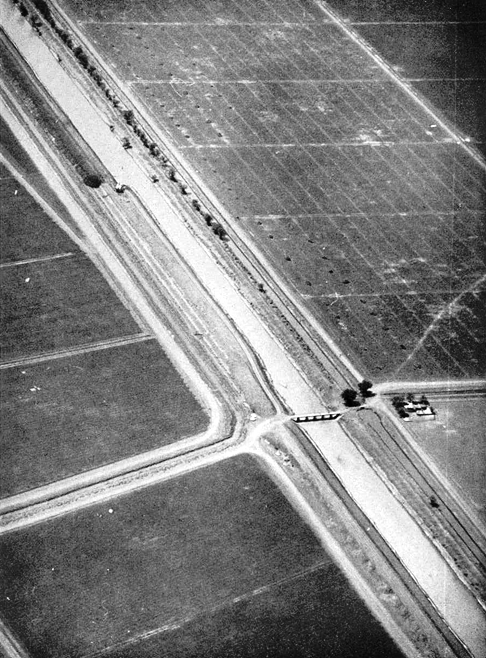Irrigation in colonial and post-colonial Africa


Left figure: Gezira system (from Gaitskell 1959) Right figure: Kano system
Aiming at full control over farmer actions was a shared characteristic of colonial irrigation engineering approaches. However, the way control was sought in African irrigation projects was different from Asian colonies. This book project traces the origins of colonial approaches to irrigation development in Africa and the continuities between colonial and post-colonial approaches. Three case studies are the backbone of the study:
During the early 20th century, the Gezira Scheme in the Sudan became the most famous British irrigation project. The Gezira plain is two hundred miles long and eighty miles across, covers an area of five million feddans and slopes gradually from south to north. Its most outstanding feature was its monotony. The area to be irrigated was set at 300,000 feddans (one feddan = 0.42 ha). In 1925, the High Commissioner for Egypt and the Sudan, Lord Lloyd officially opened the dam. The Scheme today covers some 2.1 million feddans.
British engineers in Kenya also looked to expand irrigated agriculture. Taking into account the experiences in Gezira, in the late 1920s they began planning a large-scale irrigation project for the Mwea plain, a 62,000 hectare region bordered by the Thiba and Tana rivers. The Mwea Development and Reclamation Scheme was published in 1949. The government decided that rice should be cultivated on the clay soils in the plain; by 1967, approximately 5,000 acres of the heavy clay soil grew irrigated rice.
The Kano River Project in Nigeria, part of a larger irrigation development program from the late 1960s and early 1970s, serves as a typical example of a post-colonial irrigation system in which engineers drew upon colonial experiences. The Dutch engineers responsible for developing the system applied technologies from the Netherlands East Indies to regulate water flows in the system. At the same time, they engaged in a debate on strong control over farmer production – a central feature of African colonial irrigation projects – as key to success. However, given the social conditions in the Kano area, particularly landownership, this strong control proved difficult to realize.
Are you interested in finding out more about this project, or working on part of it as a BSc. or MSc. project? ContactMaurits Ertsen.